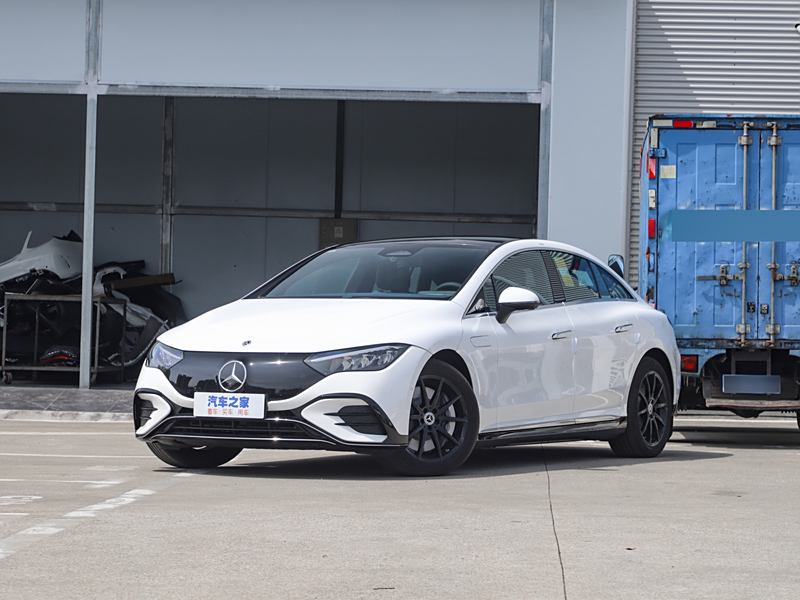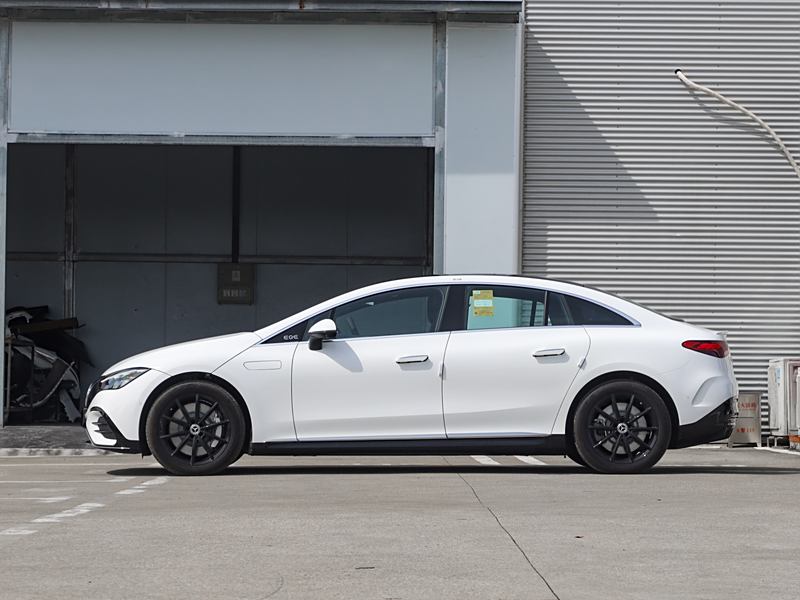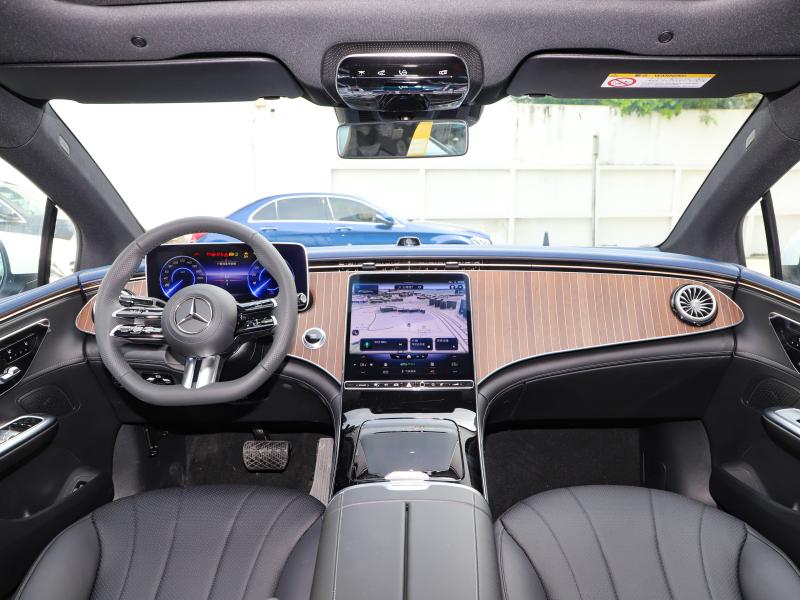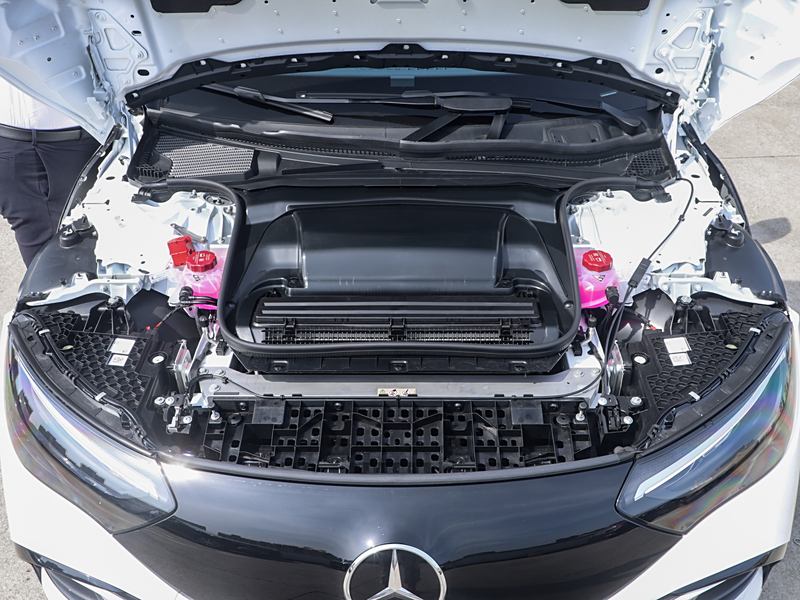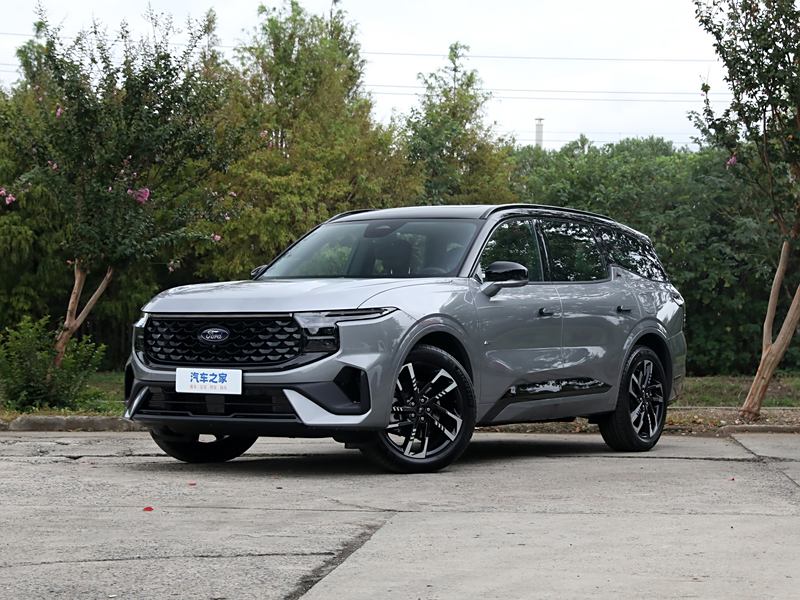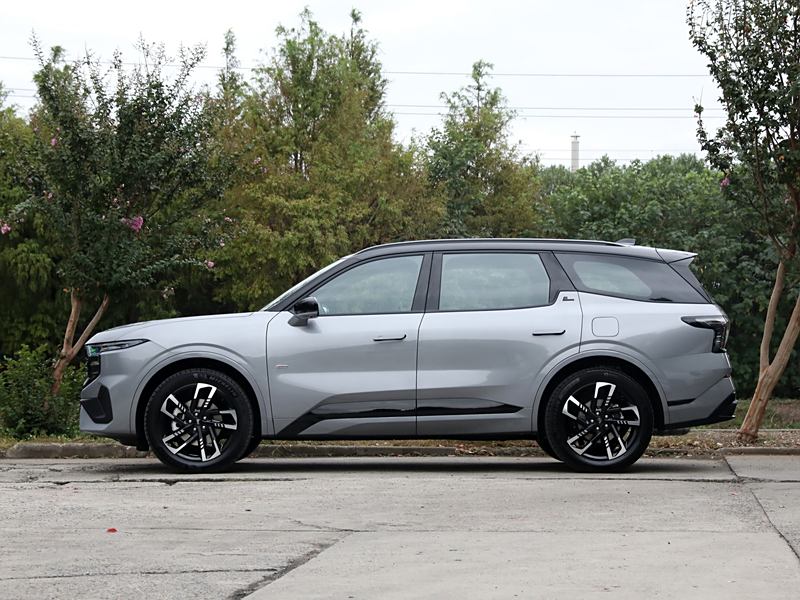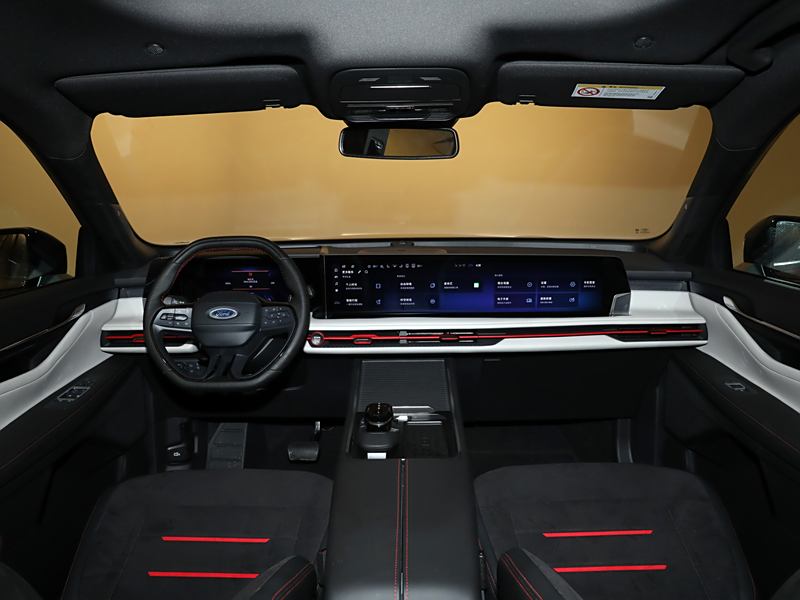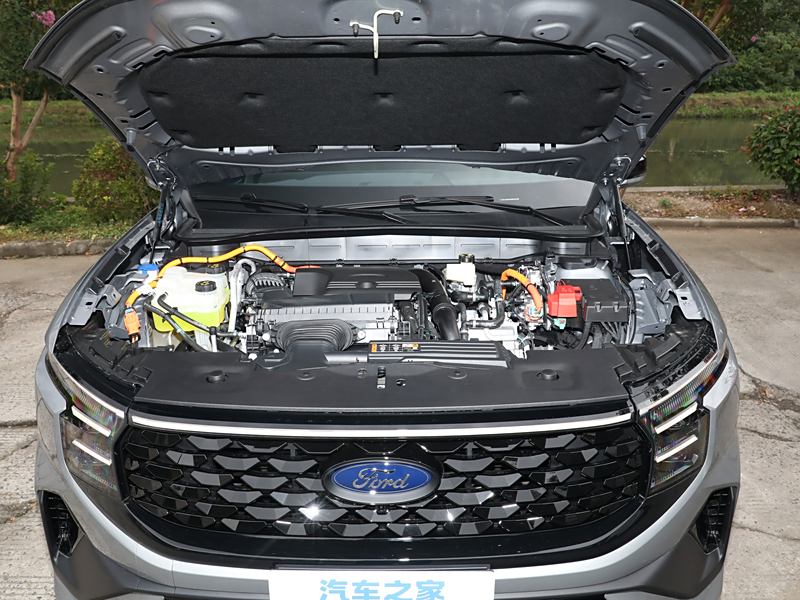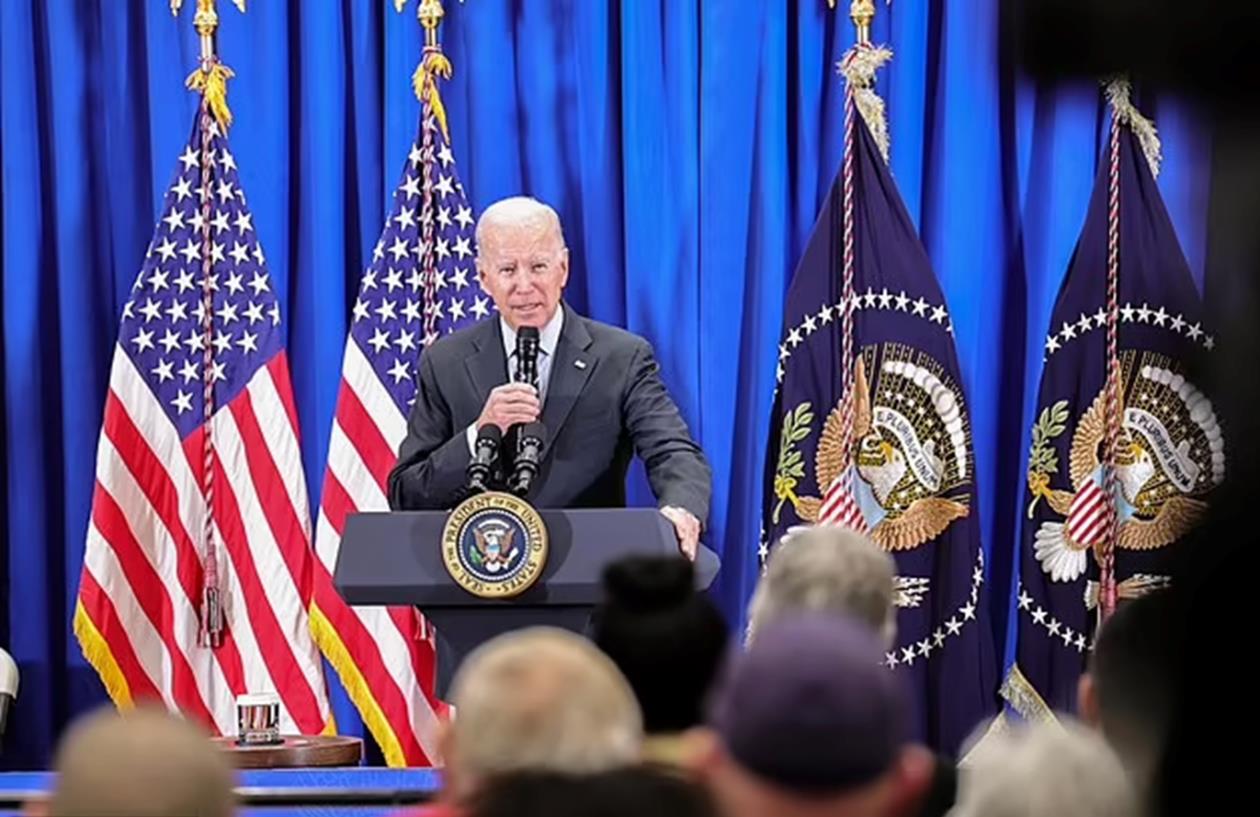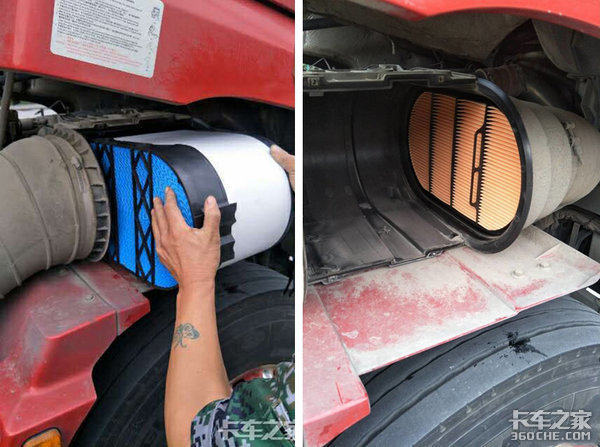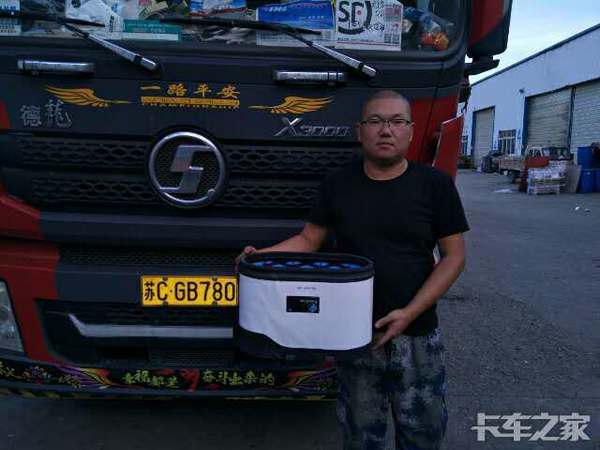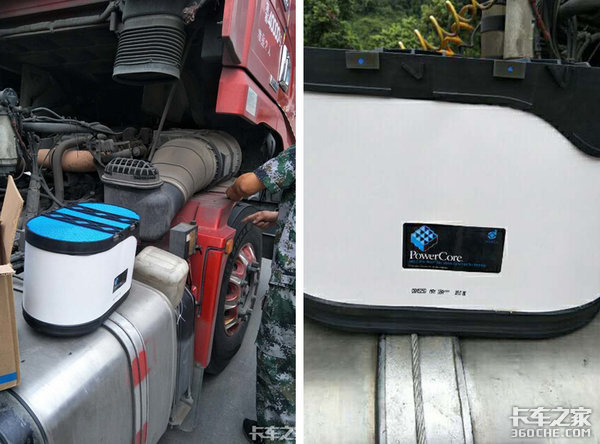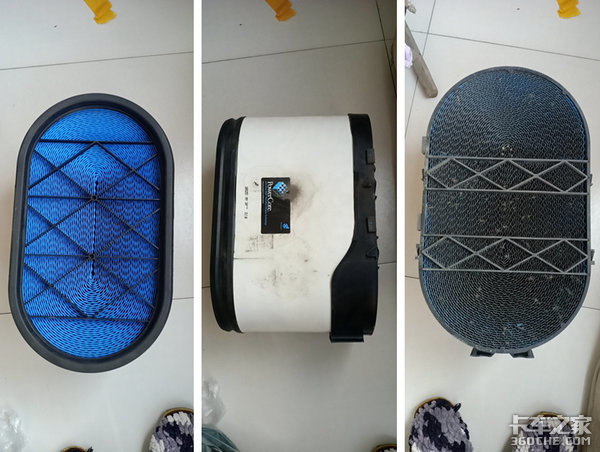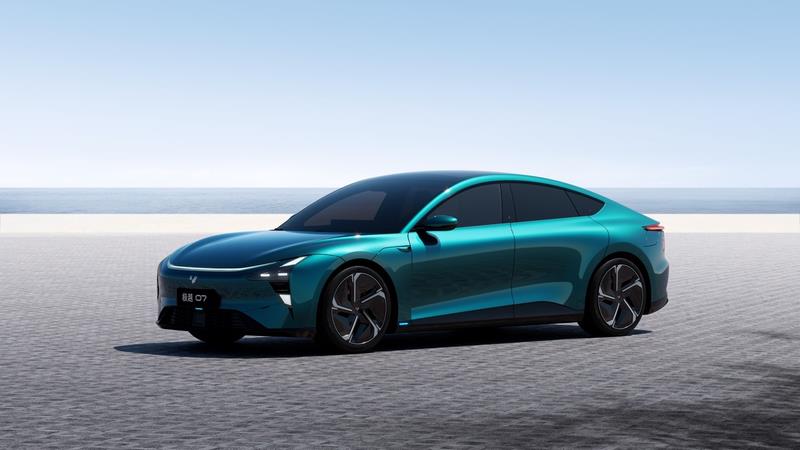region
Logistics projects and floor space
jin’an district
60 mu of provincial tobacco project, 40 mu of provincial material storage and transportation project, 50 mu of Sheng Hui Logistics Park project, 16 mu of provincial seed company project, 16 mu of Yifeng Zhongtong Logistics Park project and 25 mu of Fuzhou Junliang Supply Station project.
Subtotal: There are 6 projects with a total land area of 207 mu.
mawei district
48 mu of Fuxin Logistics Park Project, 100 mu of Mingcheng Aquatic Products Market Project, 36 mu of Baixian Strait Cold Chain Logistics Center Project, 66 mu of Fujian Shunyi Agricultural Products Cold Chain Logistics Park Project, 100 mu of Fuzhou Ruilian Warehouse Logistics Center Project, 60 mu of Fujian Haiwenming Cold Chain Logistics Center Project, 74 mu of Hangis International Cold Chain Logistics Park Project and 200 mu of Keletong Cold Chain Logistics Distribution Center Project.
Subtotal: There are 8 projects with a total land area of 684 mu.
Changle district
42 mu of Fuzhou Postal Express Processing Center Project, 425 mu of Fujian Xiangfu Changle Xiangfu Logistics Park Project, 159 mu of Fuzhou Xudong Zhuofeng Logistics JD.COM Asia No.1 Fuzhou Changle Logistics Park Project, 283 mu of Fuzhou Chuanyun Internet of Things Technology Rookie Network Project, 60 mu of Changle Tongzheng Warehouse Logistics Park Project, 242 mu of Changle Lijia International Aviation International Logistics Park Project, and 591 mu of Fujian Coral Food Agricultural Products Processing and Cold Chain Logistics Center Project.
Subtotal: There are 7 projects with a total land area of 1,802 mu.
Fuqing city
Jiangyin Port Area: Fujian Fugang Comprehensive Logistics Park Project is about 992.5 mu (excluding wharf berth), Fuzhou Minfeng Xingang Storage and Transportation Project is about 70.6 mu, Jiangyin Railway Branch Project is about 817.8 mu, Kelin Environmental Protection Science and Technology Project is about 141.2 mu, Wanhua Chemical (Fujian) Wharf Project is about 127.4 mu, Fuzhou Sinotrans Modern Logistics Project is about 122.8 mu, and Guanda (Jiangyin Fuqing) Logistics Project is about. Fujian Hongshenlin Logistics Project is about 105.8 mu, Fuzhou Xingang Rongmei Storage Project is about 105 mu, Fiona Fang Jiuzhou (Fuzhou) Linhai Logistics Storage Project is about 93.6 mu, Fuzhou New Century Storage Project is about 90.6 mu, Fujian Three Gorges Offshore Wind Power Industrial Park Project is about 273 mu, and Fuzhou Longwei Storage Project is about 75.9 mu, with a total of 13 projects and a land scale of 3093.9 mu.
Urban area: 200 mu of Fujian Xingtai ‘an Logistics (Fuqing Highway Port) Project and 43 mu of Fuqing Shenghui Logistics Project, with a total of 2 projects and a land scale of 243 mu.
Subtotal: There are 15 projects with a total land area of 3,336.9 mu.
minhou county
Nantong Area: 50 mu of Fuzhou Foreign Trade Food Refrigeration Factory Project, 330 mu of Prologis Nantong Logistics Storage Center Project, 303 mu of Fujian Yonghui Logistics Storage Center Project, 103 mu of Meixing Logistics Park (Rongjin) Project, 50 mu of Fujian Century Minsheng Project, 341 mu of Fuzhou Sinotrans Unnamed Smart Logistics Port Project, 50 mu of Nishi Logistics Park Project, 100 mu of Dekang Logistics Park (Phase I and II) Project, and NishiHaixia Home. 146 mu of Huawei Cuisine Duoduo Logistics Park Project, 154 mu of Fujian Yunjie Logistics Project, 134 mu of Fujian Yonghong Industrial Project, 20 mu of Fujian Shangtong Logistics Project, 445 mu of Tianze Pharmaceutical Shopping Mall Project, 20 mu of Fujian Kunmu Commercial Project, 105 mu of Fuzhou California Logistics Project, 48 mu of Fujian Baihao Industrial Project, 211 mu of Taiwan Province Fuguo New Project and 448 mu of Southeast International Building Materials City Project, with a total of 19 projects.
Jingxi Area: 560 mu of Duwu Railway Logistics Park Project, 127 mu of Yuntai Logistics Park Project, 141 mu of Wanquan Logistics (Fuzhou) Distribution Center Project, 200 mu of Fuzhou Suning Logistics Project, 71 mu of Xinhuadu Minhou Jingxi Logistics Park Project, 249 mu of Haisheng Global (Fujian) Logistics Project and 187 mu of Xing ‘an Huanda Logistics Park Project, with a total of 7 projects and a land scale of 1,536 mu.
Qingkou Area: 240 mu of Yuantong Warehouse Logistics Park Project, 220 mu of Blue Ocean Logistics Park Project, 70 mu of Sheng Hui Logistics Project, 110 mu of Oriental New Century Project, 30 mu of Rida Logistics Project, 240 mu of Fuzhou Southeast Highway Port Logistics Park Project and 330 mu of Fujian Strait Construction Machinery Logistics Park Project, with a total of 7 projects and a land scale of 1,240 mu.
Nanyu Area: 261 mu of Huawei Highway Port Logistics Park Project and 106 mu of Yonghui Logistics Park Project, with a total of two projects and a land scale of 367 mu.
Shangjie District: 50 mu of Fuzhou Tobacco Logistics Project, 163 mu of Fujian Expressway Logistics Park Project and 18 mu of Luyan Medicine Project, with a total of 3 projects and a land scale of 231 mu.
Subtotal: There are 38 projects with a total land area of 6,481 mu.
Lianjiang county
320 mu of Guotong Logistics City Project, 240 mu of Hongsheng Cold Chain Logistics Park Project, 320 mu of Prologis (Lianjiang) Storage Logistics Park Project, 1,300 mu of China (Lianjiang) Strait International Agricultural Products Logistics Park Project, and 253 mu of Fujian Strait Auto Parts Storage and Cold Chain Logistics Park Project.
Subtotal: There are 5 projects with a total land area of 2,433 mu.
luoyuan county
123 mu of Luoyuan Bay Ludao Wharf Logistics Land Center Warehouse Project and 120 mu of Sangang Group Luoyuan Minguang Logistics Park Project.
Subtotal: There are 2 projects with a total land area of 243 mu.
yongtai county
60 mu of South Commercial Logistics Park Project.
Subtotal: 1 project with a total land area of 60 mu.
Total: There are 82 logistics facilities projects with a total land area of 15,246.9 mu.
